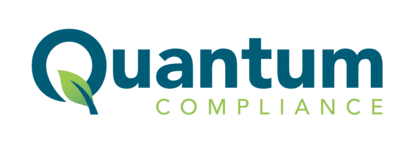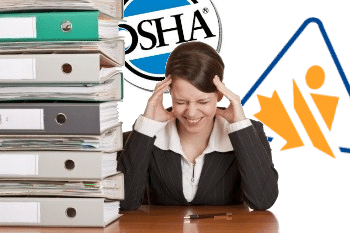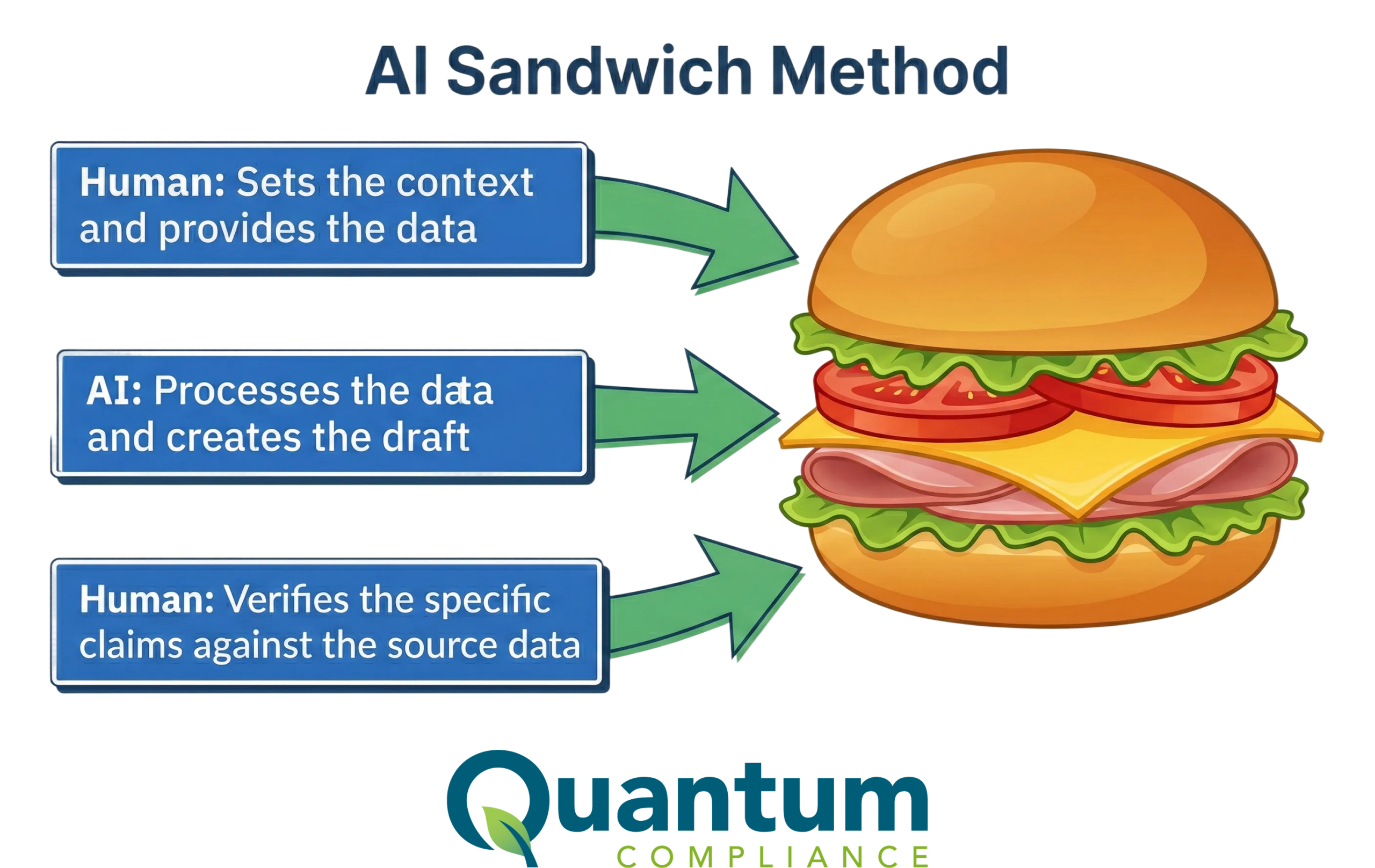 Canada and the US share the world’s longest border, and are each others largest trading partners. The countries share a language and a common law. In recent years, both countries have implemented GHS standards. Despite all of these similarities; there continue to be several differences between hazard communication in the US and Canada.
These discrepancies might seem trivial at first; but understanding both laws can be very important. After all, any company that wishes to do business in both countries will be expected to follow the laws of both. Being the helpful HazCom experts we are, Quantum will walk you through some of the key differences.
Canada and the US share the world’s longest border, and are each others largest trading partners. The countries share a language and a common law. In recent years, both countries have implemented GHS standards. Despite all of these similarities; there continue to be several differences between hazard communication in the US and Canada.
These discrepancies might seem trivial at first; but understanding both laws can be very important. After all, any company that wishes to do business in both countries will be expected to follow the laws of both. Being the helpful HazCom experts we are, Quantum will walk you through some of the key differences.
Do I Have to Write Multiple Sheets?
If the US and Canada have different safety data sheet standards, you might think that you have to author a different sheet for both the US and Canada. This is not precisely the case; a single sheet can be in compliance with both American and Canadian standards provided it follows the stricter standard wherever the two regulations overlap. Since Canada is a bilingual country, they require any company selling there to provide SDSs in both English and French. In that way, companies that sell in both the US and Canada do have to author multiple versions of their SDS.Major GHS Differences
The biggest differences between US GHS and WHMIS 2015 have to do with which materials are classified as hazardous. Major differences in hazard classifications include:- Chemicals that are not toxic themselves but can release toxic gasses are considered toxins in Canada, but not in the U.S.
- In Canada, materials are only classified as Combustible Dusts if they represent that hazard in the form they’re shipped in. Conversely, in the US a material must be marked as a Combustible Dust if it presents that hazard at any point during its use.
- Biohazardous substances are classified in Canada (they even get their own pictogram), but they’re considered out-of-scope for American hazard communication standards.








